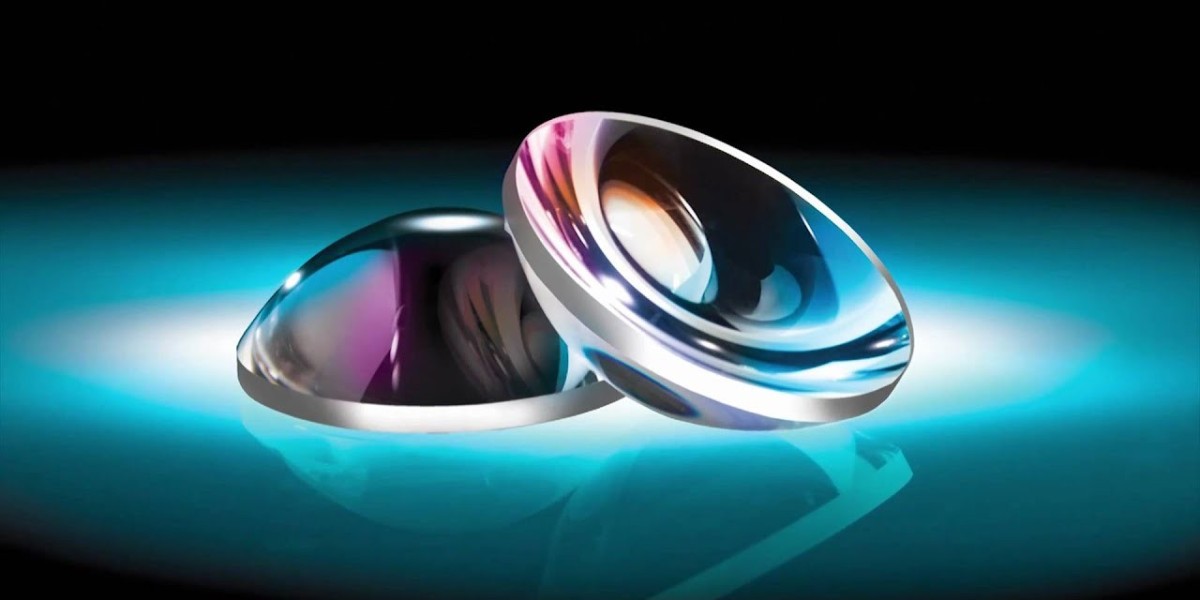What are Aspheric Optics?
Aspheric optics are advanced optical components that have a curved surface whose profile differs from a perfect sphere. Modern aspheric optics are precisely fabricated through specialized manufacturing techniques to have a contoured surface designed to improve optics while reducing aberrations like astigmatism, field curvature and distortion.
The Evolution of Aspheric Optics
Traditional spherical lenses have limitations in correcting optical aberrations, limiting their applications. Early attempts to develop Aspheric Lenses surfaces were challenging due to manufacturing constraints. Significant advances occurred in the 1980s with the introduction of ceramic materials and precision grinding/polishing tools. This enabled the mass production of aspheric optics used in photography and endoscopy.
In recent decades, continuous R&D has pushed the boundaries of aspheric design and manufacturing. Sophisticated modeling and metrology now allow the specification of freeform and non-rotationally symmetric lens profiles optimized for a given application. Precision machining technologies such as single point diamond turning deliver lenses with surface irregularities measured in nanometers.
Key Enabling Technologies
Several technologies have enabled the widespread adoption of aspheric lenses across multiple industries:
- Precision Molding/Processing: Injection/compression molding using advanced materials like glass, plastic and silicon allows mass production of aspheres. Replication techniques provide an affordable way to manufacture identical complex surfaces at scale.
- Polishing/ figuring: Techniques like magnetorheological finishing polish optical-grade aspheres to the nanometer level, enabling high performance imaging. Such processes are important for specialized lenses requiring extreme forms and surface quality.
- Metrology: Advances in interferometry, confocal microscopy and other tools precisely characterize aspheric profiles and validate manufacturing processes. Non-contact inspection ensures lens quality and drives continuous process improvement.
Enhancing Imaging and Optics
The improved optical quality provided by aspheric surfaces are enabling key technologies across multiple domains:
- Digital Photography: Aspheres in DSLR/phone lenses enhance image sharpness from center to edges of the frame while reducing size/cost vs spherical lenses.
- Biomedical Devices: Aspheric IOLs and lenses for ophthalmic/surgical microscopes deliver superior vision correction and magnification without compromising ergonomics.
- Surveillance/Security: Aspheric lenses in IP cameras, scopes and thermal imagers provide sharper, larger field-of-view images for surveillance and inspection applications.
- Automotive/Transportation: Advanced vehicle optics for lighting, signaling, surveillance and ADAS rely on aspheres for slim profiles and high performance over varied operating conditions.
- Consumer Electronics: Miniaturized aspheric components in projectors, displays and wearables enhance the user experience while honing device sizes.
Future Prospects and Innovation
Aspheric optics technology continues to find new applications as imaging and optics are integrated across more domains. Key future opportunities and areas of active R&D include:
- Augmented/Virtual Reality: Wide field-of-view aspheres delivering clear, distortion-free imagery over large eyeboxes are critical to developing immersive AR/VR experiences.
- LiDAR Systems: Advanced aspheric designs precisely combined with beam steering/shaping diffractive elements will power next-gen autonomous vehicles and 3D sensing solutions.
- Micro-optics: Microfabrication allows the integration of aspheric microlens arrays onto sensor chips for applications like computational imaging and biomedical diagnostics.
- Space Optics: Ultra-precise, lightweight aspheres able to withstand extreme temperatures are being developed for optical payloads and see-through displays in next-gen space suits and habitats.
- Optical Design Software: Continued improvements enabling aberration-free complex freeform profiles will expand the applications addressed by aspheric lens technology.
Through ongoing R&D and advanced manufacturing, aspheric lenses will continue eliminating compromises in optical performance while enabling smaller, more versatile integrated systems across industries.
Get more insights on Aspheric Lenses



